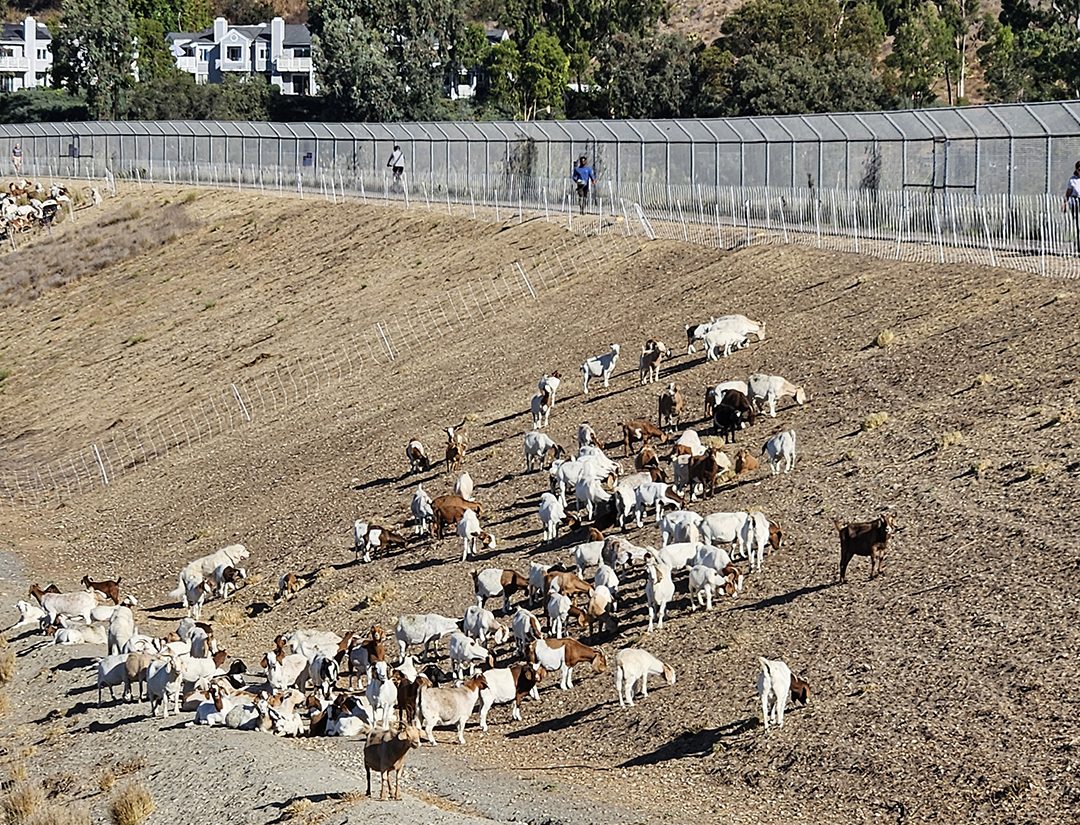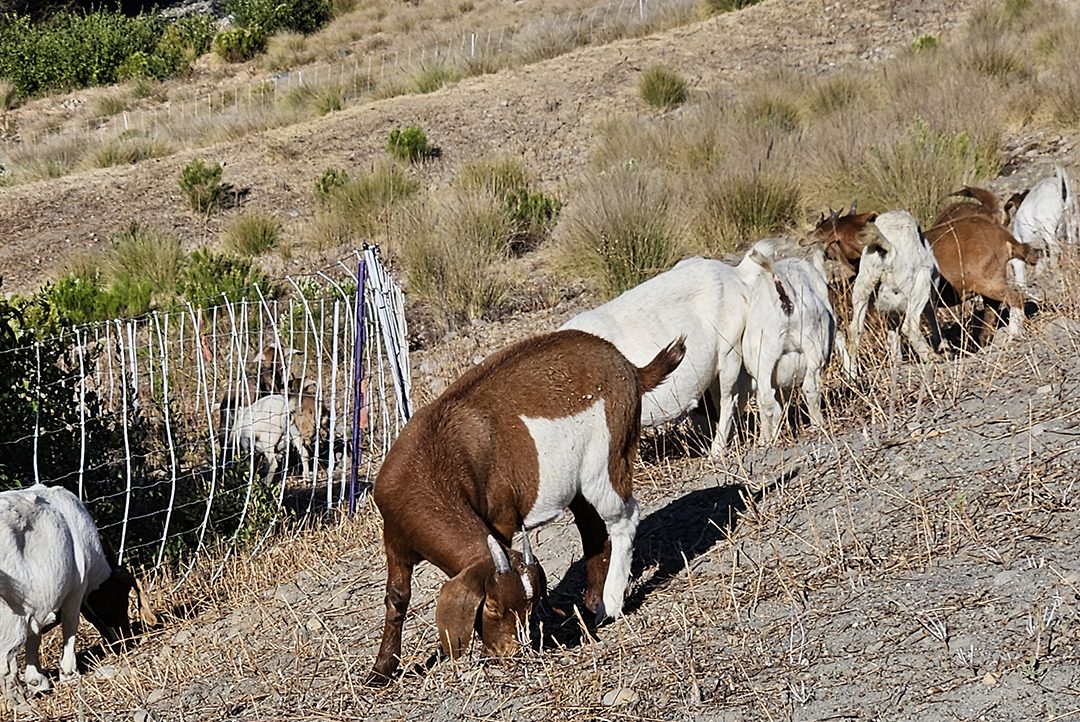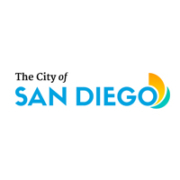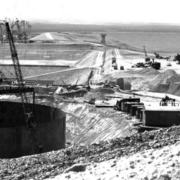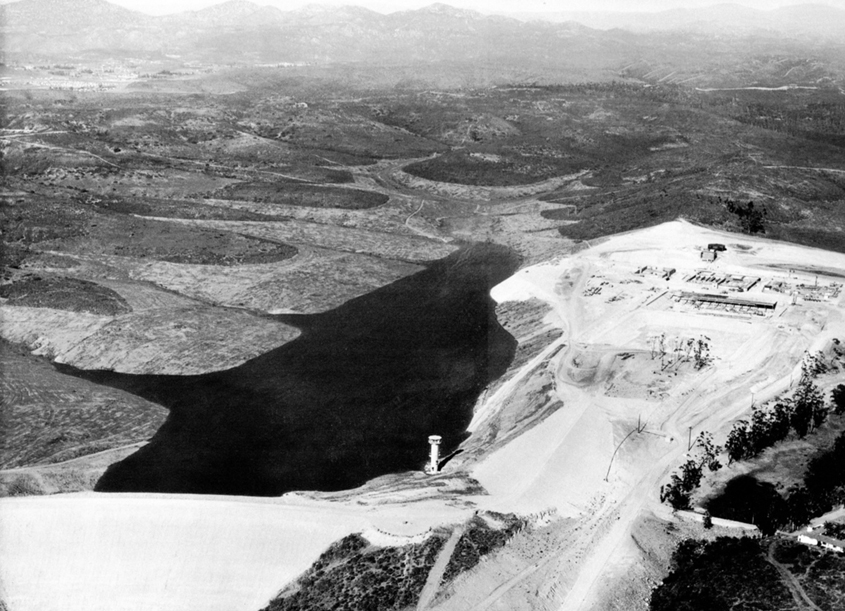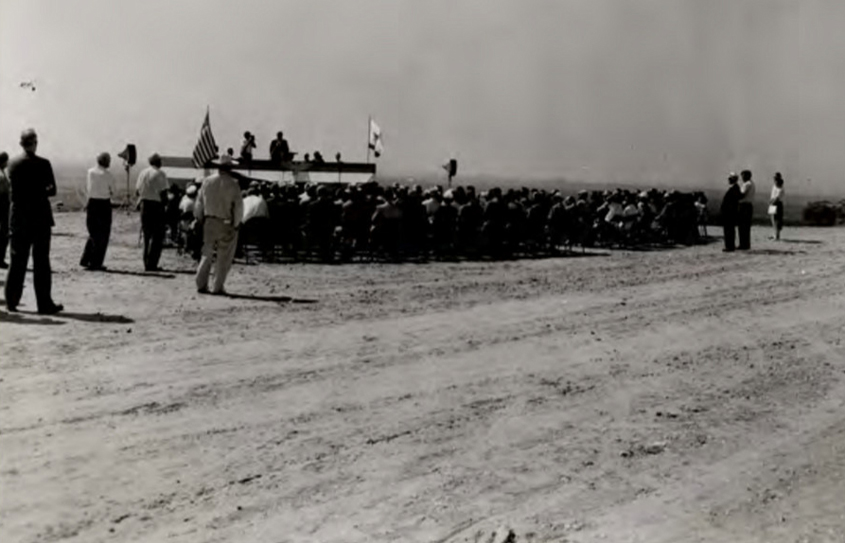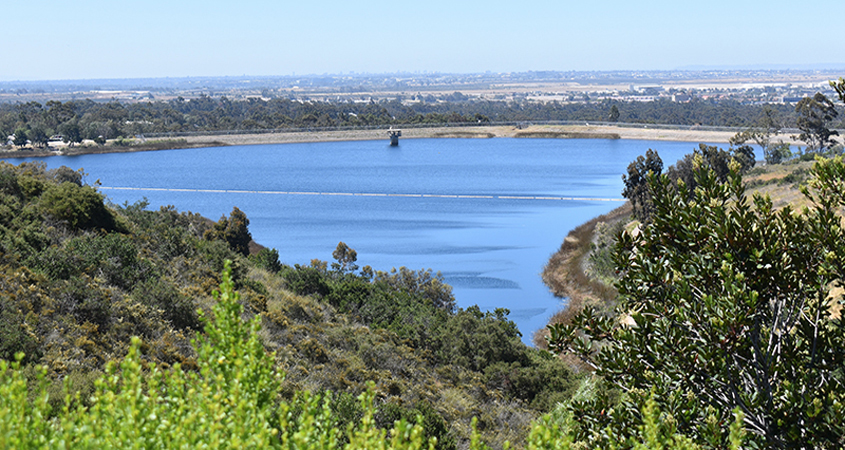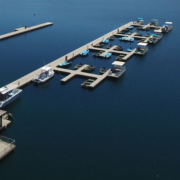City of San Diego lakes and reservoirs previously closed in response to the coronavirus pandemic are now in the process of reopening for public recreation.
“A lot of San Diegans have a passion for fishing and boating, and we’ve been able to partner with the County [of San Diego] to reopen all of our lakes and reservoirs to the public,” said San Diego Mayor Kevin Faulconer.
El Capitan Reservoir and Upper Otay Reservoir reopened on June 6. San Vicente Reservoir will open to the public June 13.
Three reservoirs will re-open in July: Lake Hodges on July 1, Sutherland on July 3, and Barrett on July 8.
Miramar, Murray, and Lower Otay Reservoirs have opened in mid-May.
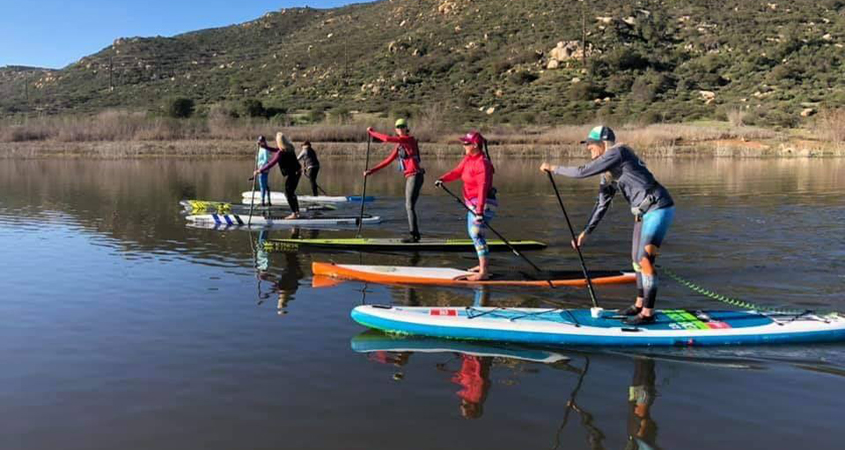
Standup paddleboarding is available at Lake Hodges on Saturday, July 1. Photo: City of San Diego
New safety and cleaning protocols initiated with the re-openings in May will remain in place at all reservoirs. The reservoirs will be open during regular business hours for walking, jogging, cycling, fishing, and boating. Normal fishing and boating fees will apply.
“As we have seen from the thousands of calls, emails, and letters to City Hall, fishing is more than a hobby, it’s a passion,” said San Diego City Councilmember Scott Sherman. “Our lakes and reservoirs are too important of a recreational asset to keep closed and I am thankful they will be opened soon.”
For more information, go to https://www.sandiego.gov/coronavirus
Lake Jennings reopens for recreation and fishing June 13
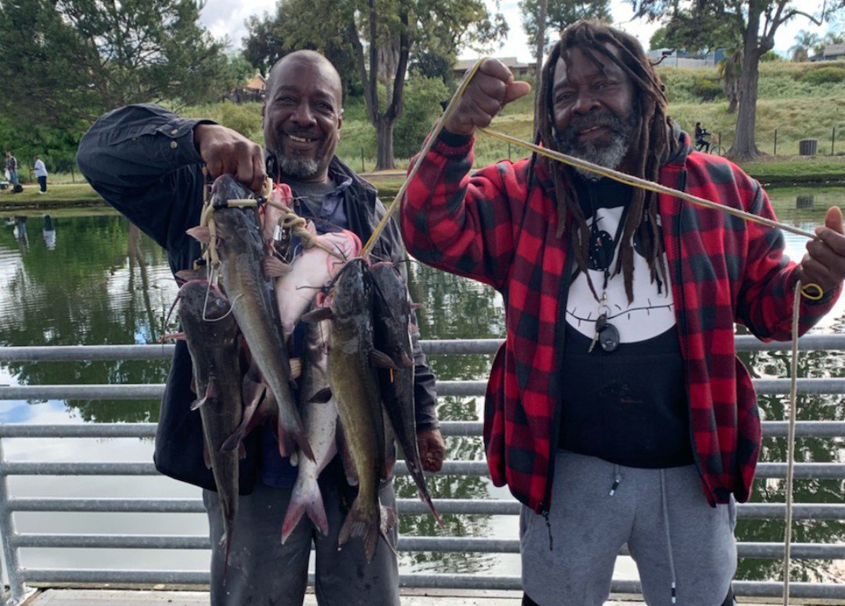
Catfish are being restocked this week in Lakes 3 and 6 at Santee Lakes for happy fishermen. Photo: Courtesy Santee Lakes/Padre Dam MWD
Lake Jennings in Lakeside, operated by the Helix Water District, will also reopen for recreation and day-use on Saturday, June 13. Hours are limited to weekends from 6 a.m. to 3 p.m. Fishing and day-use visitors must wear masks and adhere to social distancing. The Bait and Tackle Shop will be open with restrictions. Shore fishing and private boat launching are available, but no boat rentals, night fishing, or fish stocking at this time.
In addition, Lake Jennings recently reopened for camping on June 5 with restrictions in place limiting use to every other campsite, and only by members of the same household. See the complete list of restrictions at the Lake Jennings website.
“We are thrilled to be able to reopen in compliance with the County regulations,” said Kira Haley, Lake Jennings recreation manager. “We really appreciate your understanding in this difficult time while we continue to work hard to keep our community safe.”
The public will be asked to observe COVID-19 preventative measures, including mandates requiring face coverings and physical distancing.
Santee Lakes, operated by the Padre Dam Municipal Water District, expanded recreational use including fishing with some restrictions on May 16. All activities with physical distancing are allowed including jogging, bike riding, roller-skating. A facial covering is not required during physical activities but must be in your possession. Physical distancing and possession of a facial covering are required while fishing. The lake’s campsites have remained open throughout the pandemic, but campers must practice social and physical distancing while on site.
County of San Diego to help cover costs
The cost of reopening the City of San Diego’s additional reservoirs is approximately $1 million. Funding identified through a tentative cost-sharing agreement with the County of San Diego will be limited to covering enhanced staffing costs for ensuring public health is maintained in response to the COVID-19 pandemic. Both the City Council and San Diego County Board of Supervisors will need to approve the agreement.
